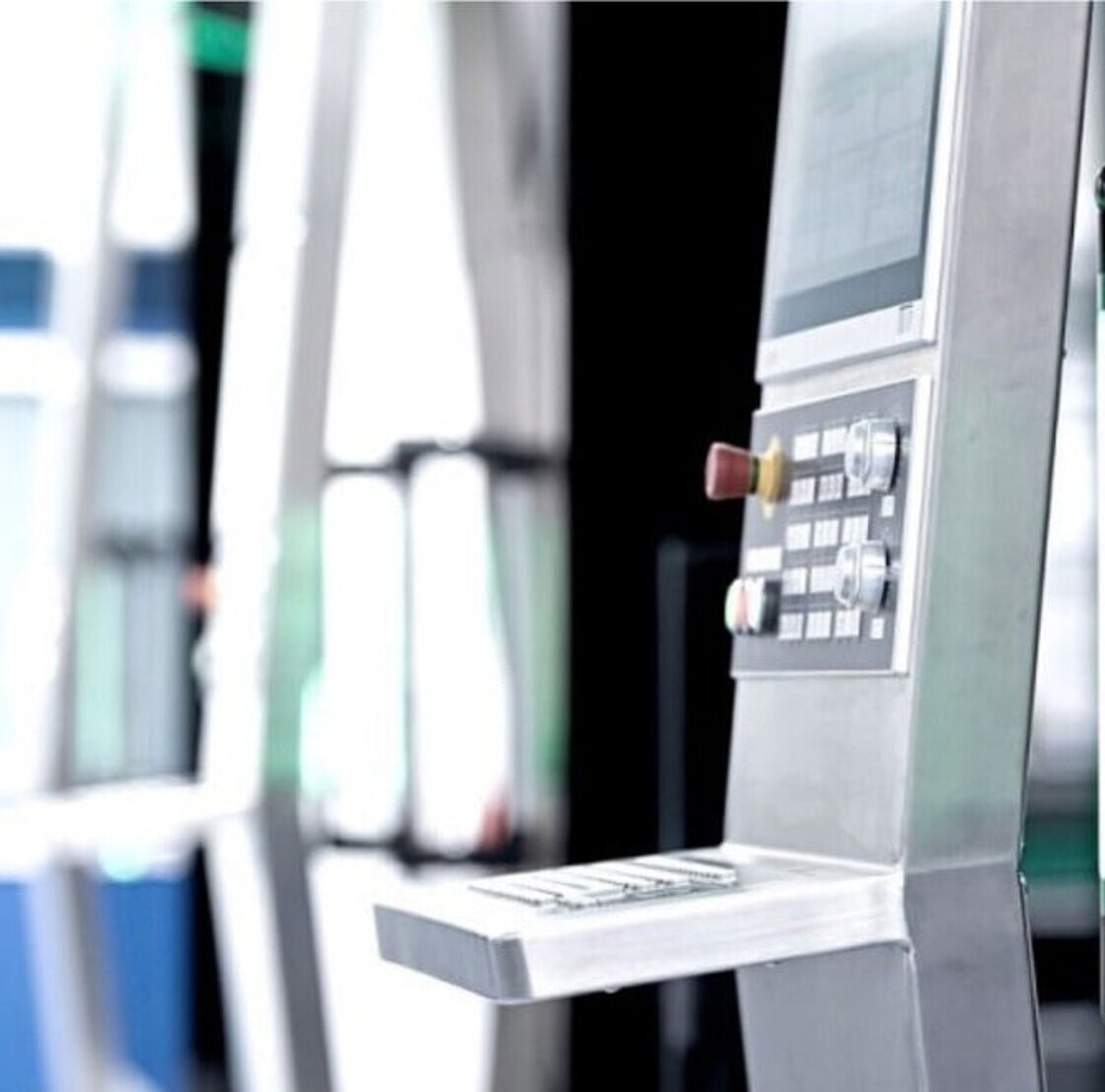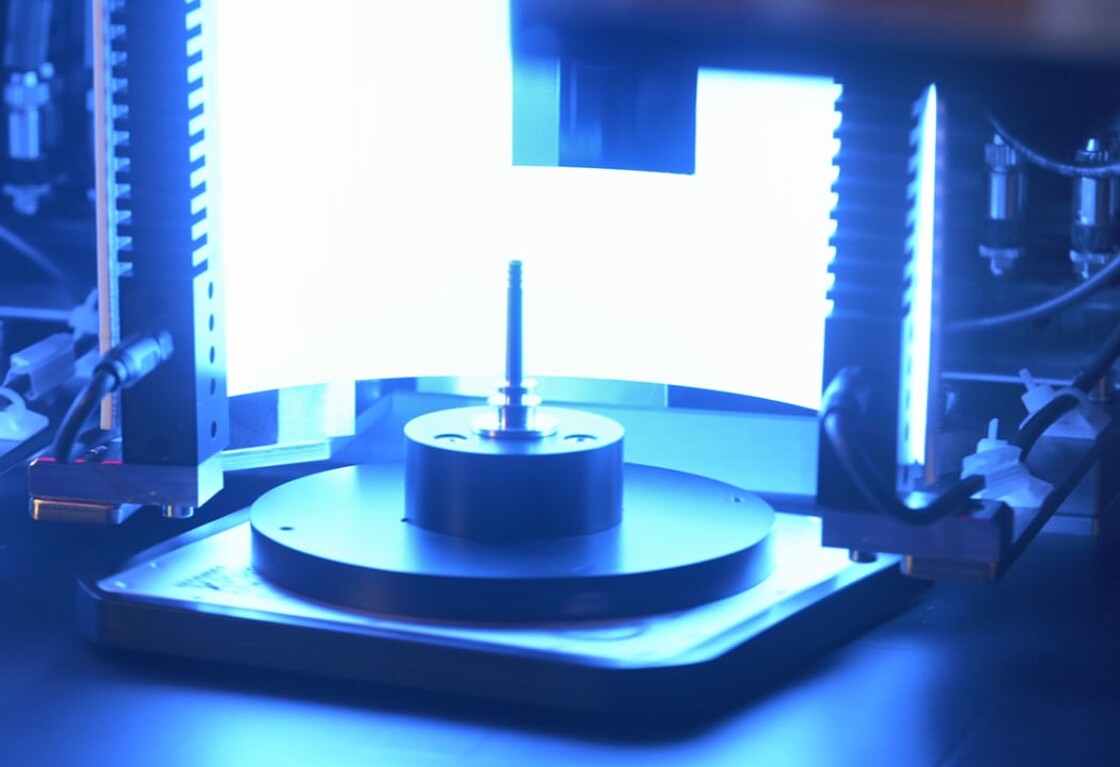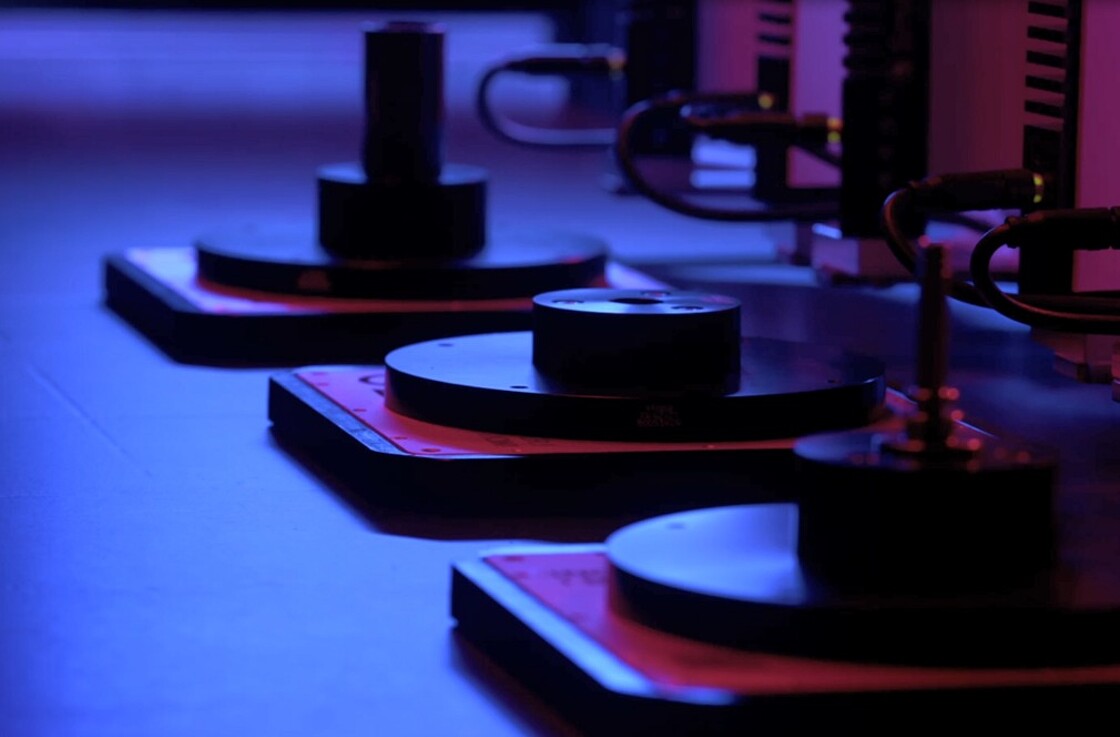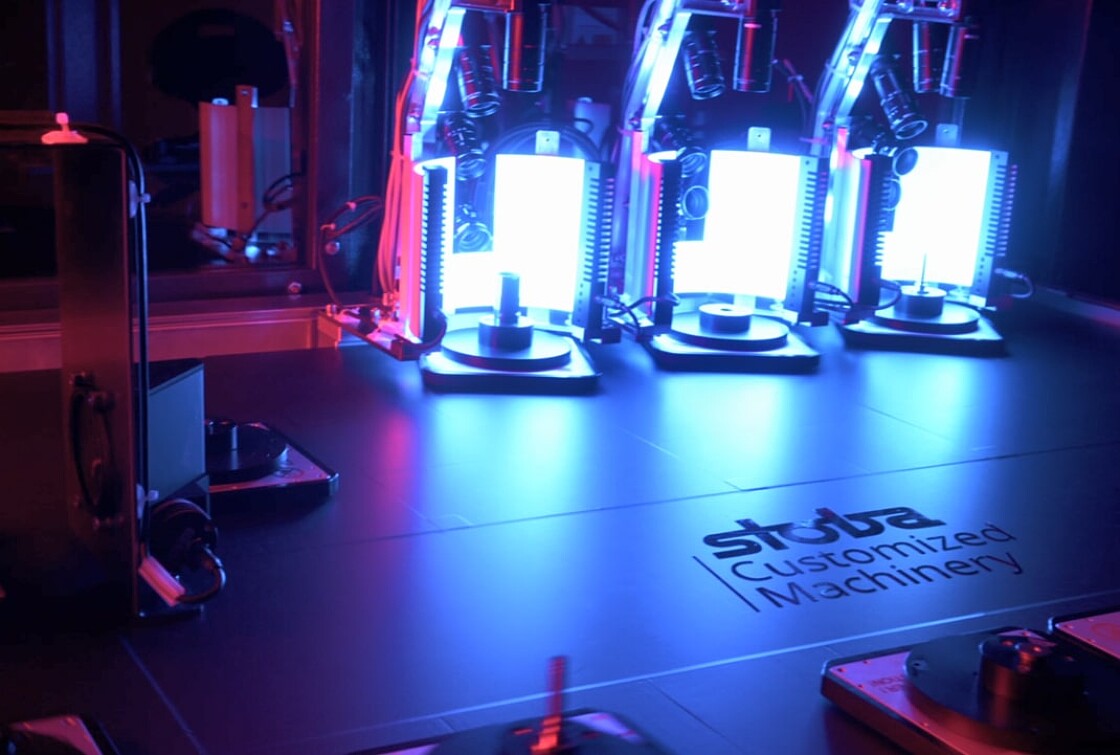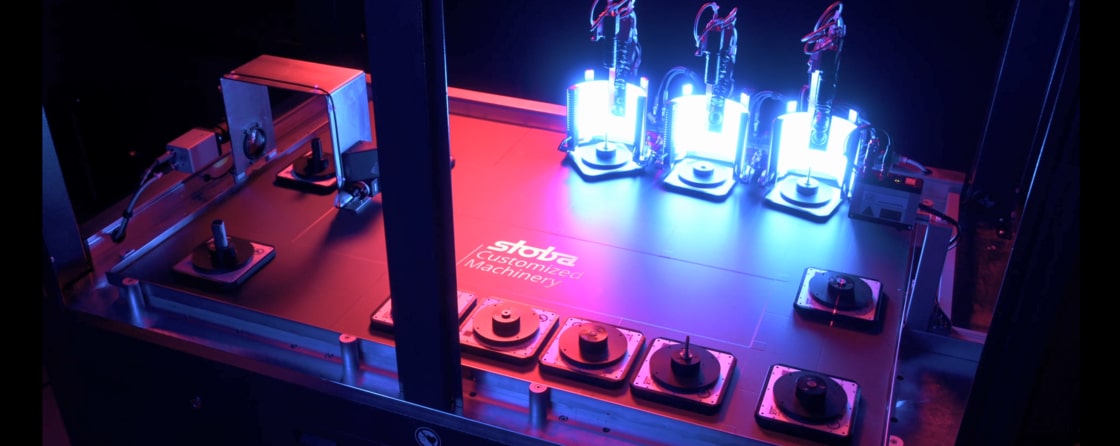
Visual inspection
Automated optical quality inspection with artificial intelligence
The InspectorONE is a self-learning machine for the visual inspection of components and products of all kinds. Equipped with cameras and Deep Learning software, the system quickly and automatically inspects components and products. The Deep Learning software continuously improves its own cognitive abilities in the process. A huge advantage: The InspectorONE can be used as a stand-alone machine, but can also be integrated into existing production lines.
Do you have any questions or a direct concern about visual inspection?
Fully automated visual inspection
Increase efficiency through AI-based quality control
- Scan and recognize components
- Checking features
- Detect anomalies
- Matching anomalies to previous parts
- Determination of rejection criteria/boundary conditions
- Using the detected data to optimize upstream processes
Exceptional possibilities with InspectorONE
InspectorONE offers absolute process reliability in quality control. Limit conditions for rejects can be individually defined. Separate between scrap or rework.
- flexible: For a wide variety of components and materials
- efficient: Different components can be tested simultaneously
- fast: Lowest cycle times
- thorough: Almost error-free scalable inspection criteria
- Plug & Play: Easy integration into existing production chains
- fully automatic: Use of industrial robots and workpiece carrier systems
- intelligent: Use of self-learning feature recognition software
- open system: Easy connection to existing Smart Factory system possible
When is InspectorONE involved?
- Recognition of surface flaws such as scratches
- Inspection of parts through rotation
- Recognition of impurities such as chips on sealing surfaces
- Simultaneous inspection of different products/components on one machine
- Recognition of particles in liquids
- Recognition of air bubbles in the material
- Use in the clean room
- Production of mass-produced parts
- Dimensions & alignments
- Production of particularly high quality components
- Checking the completeness of assemblies, e.g. printed circuit boards

